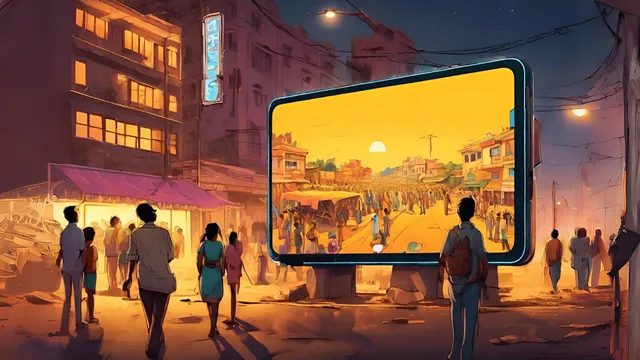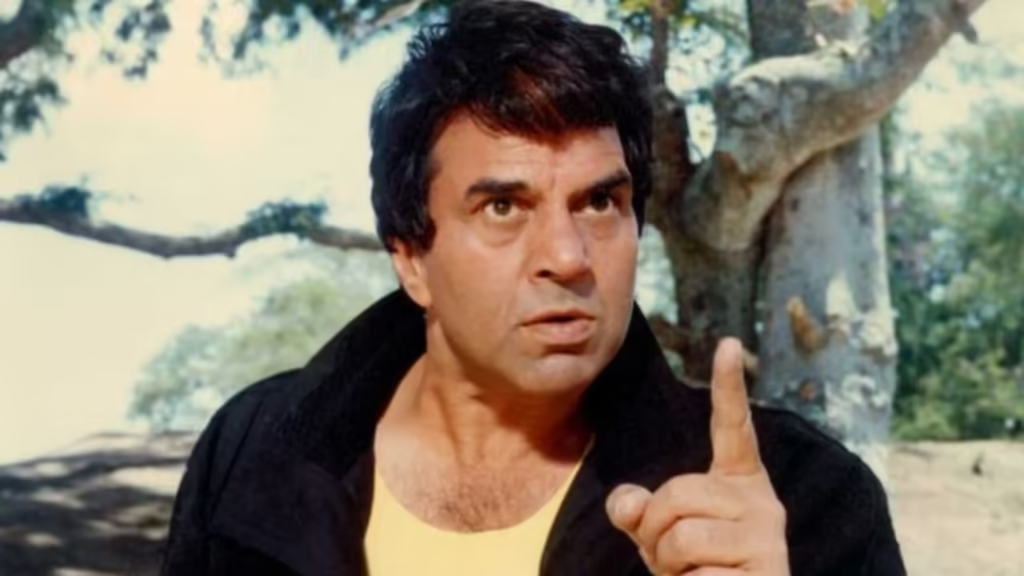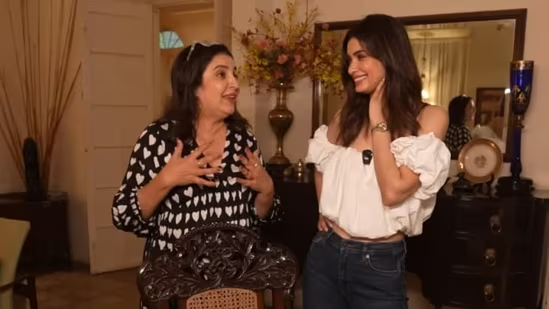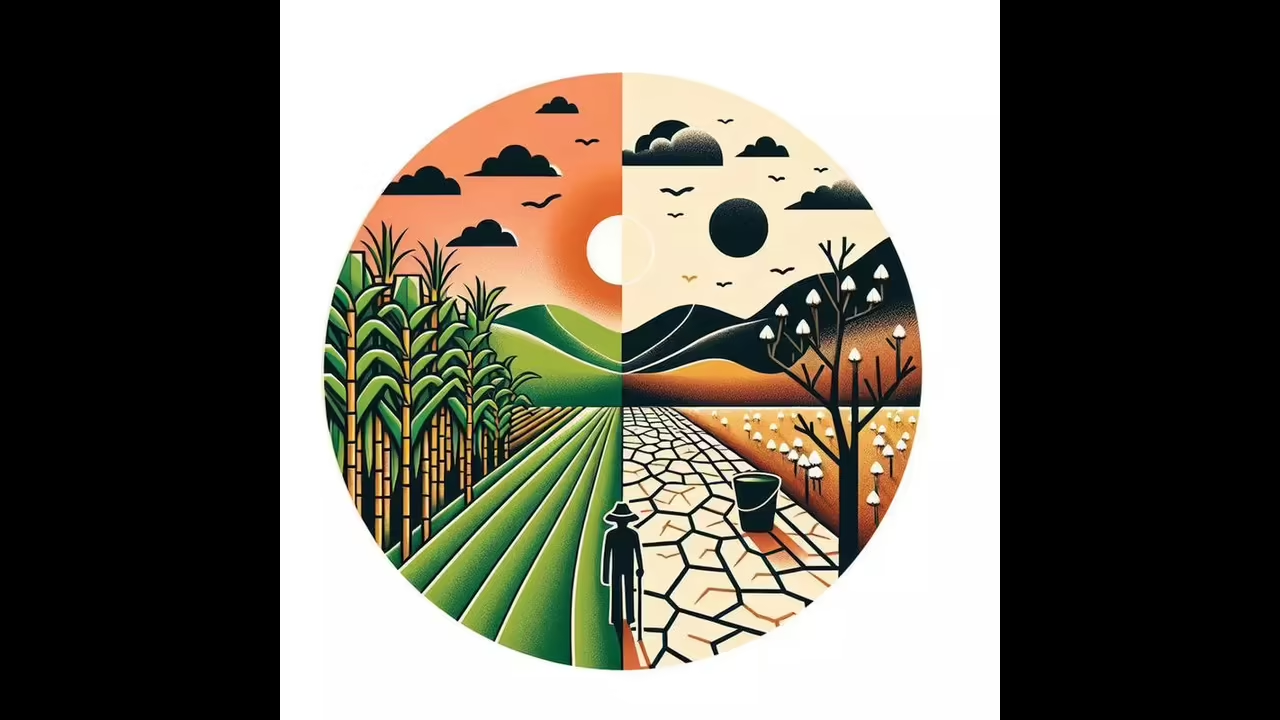Now Reading: OPINION: Why India’s Small Cities Need More OTT Storytelling Set in Their Own Landscapes
-
01
OPINION: Why India’s Small Cities Need More OTT Storytelling Set in Their Own Landscapes
OPINION: Why India’s Small Cities Need More OTT Storytelling Set in Their Own Landscapes

As India’s streaming boom continues, the stories told on OTT platforms are evolving rapidly. Yet, much of the content still revolves around metros like Mumbai, Delhi, or elite boarding schools. Meanwhile, Tier-2 cities—rich in character, culture, and complexity—remain underrepresented. As viewership surges in small towns, it’s time for OTT storytelling to reflect their landscapes more authentically and frequently.
Tier-2 Cities Are Watching—And Waiting
The growth of internet access, affordable data, and smartphone penetration has fuelled OTT consumption beyond metros. Cities like Nagpur, Indore, Ranchi, and Surat are seeing increased engagement with platforms like Netflix, Prime Video, JioCinema, and others.
But while viewers from these cities are watching, they rarely see their worlds depicted. When they do, it’s often through stereotypes or token rural backdrops, lacking local nuance.
Untapped Cultural Depth and Visual Diversity
India’s small cities are not monolithic—they offer diverse cultural identities, language blends, and evolving youth dynamics. From the food lanes of Kanpur to the educational hubs in Kota or the entrepreneurial pockets in Coimbatore, there is rich storytelling potential.
The visual canvas of Tier-2 cities—railway crossings, crowded bazaars, narrow lanes, government hostels, and semi-urban landscapes—can lend a fresh realism that mainstream OTT series often miss.
Representation Beyond Stereotypes
Often, small-town characters in OTT shows are used for comic relief or as contrast to metro protagonists. Rarely do they lead the narrative in a way that reflects real life with dignity and complexity.
More grounded, layered storytelling—such as shows like Panchayat or Gullak—has proven that audiences appreciate authentic, hyperlocal narratives. There is space for many more such stories without exoticising or diluting them.
Empowering Local Talent and Writers
Creating content set in small cities can also open doors for regional writers, directors, and actors. These are voices who understand local dialects, humour, tensions, and aspirations—offering stories that feel lived-in rather than researched.
Investing in such storytelling isn’t just good for cultural diversity—it can create sustainable creative ecosystems in Tier-2 towns themselves.
Conclusion: It’s Time to Tell Our Own Stories
OTT platforms are at a pivotal point in shaping what modern Indian storytelling looks like. As India’s digital map expands beyond its metros, so should its stories.
Tier-2 cities are not just emerging markets—they are homes to millions whose lives, dreams, and dilemmas deserve screen space. For India to truly see itself, we need more narratives that unfold in these overlooked yet vibrant landscapes.

























